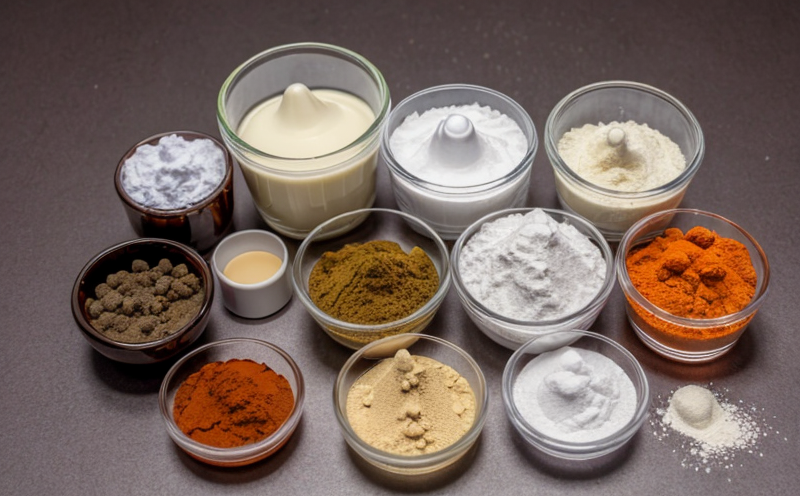Hydroxyl Value Polyol Testing
The hydroxyl value of polyols is a critical parameter in pharmaceutical testing. Hydroxyl values are used to quantify the number of hydroxyl (-OH) groups present on the molecular structure of polyols, which are widely used as excipients and formulation ingredients due to their excellent water-binding properties, solubility, and lubricating abilities.
Excipients play a crucial role in pharmaceutical formulations by ensuring that active ingredients are delivered safely and effectively. Polyols like mannitol, sorbitol, and glycerin are often used not only as fillers but also for improving the dissolution rate of drugs or enhancing palatability. The hydroxyl value of these polyols can significantly affect their functionality within a drug formulation.
The hydroxyl value is typically determined by titrating an alcohol solution with an acidic reagent in the presence of water, following which the amount of acid required to neutralize all the hydroxyl groups is measured. This method provides valuable insights into the chemical structure and thus the potential behavior of polyols within a formulation.
Understanding the hydroxyl value is essential for ensuring that formulations meet quality standards and regulatory requirements. For instance, in the context of drug stability studies, knowing the precise hydroxyl value can help predict how well a drug will interact with its excipients over time. Additionally, it impacts the choice of other formulation components, such as surfactants or antioxidants.
Given the importance of this parameter, accurate and reliable testing is paramount in pharmaceutical laboratories. Modern analytical techniques like titrimetry or coulometric titration are widely used for precision measurement. These methods ensure that even trace amounts of hydroxyl groups can be detected and quantified accurately.
The pharmaceutical industry places a high premium on quality control and compliance with international standards such as ISO, USP, and ICH guidelines. Ensuring accurate hydroxyl value determination is not just about meeting these regulatory requirements but also about maintaining the integrity of drug products throughout their lifecycle.
| Applied Standards |
|---|
| ISO 4259-1:2017 – Determination of hydroxyl value in organic compounds other than carboxylic acids and esters |
| USP : Hydroxyl Value of Polyols Used as Excipients |
| ICH Q5C: Guidelines for the Conduct of Stability Studies |
Why It Matters
The significance of hydroxyl value testing extends beyond mere compliance—it is integral to ensuring drug efficacy and patient safety. Accurate measurement ensures that formulations are consistent, reliable, and meet the specified quality standards set by regulatory bodies.
- Patient Safety: Ensuring the correct amount of polyols in a formulation helps prevent potential side effects or adverse reactions.
- Drug Efficacy: The hydroxyl value impacts how well a drug can interact with its excipients, affecting dissolution rates and overall effectiveness.
- Consistency: Precise testing guarantees that each batch of medication is uniform in composition, contributing to consistent therapeutic outcomes.
- Regulatory Compliance: Meeting international standards like ISO 4259-1 ensures that products are up-to-date with global quality benchmarks.
In summary, hydroxyl value polyol testing is a cornerstone of pharmaceutical development and manufacturing. It underpins the foundation upon which reliable and safe drug formulations are built.





